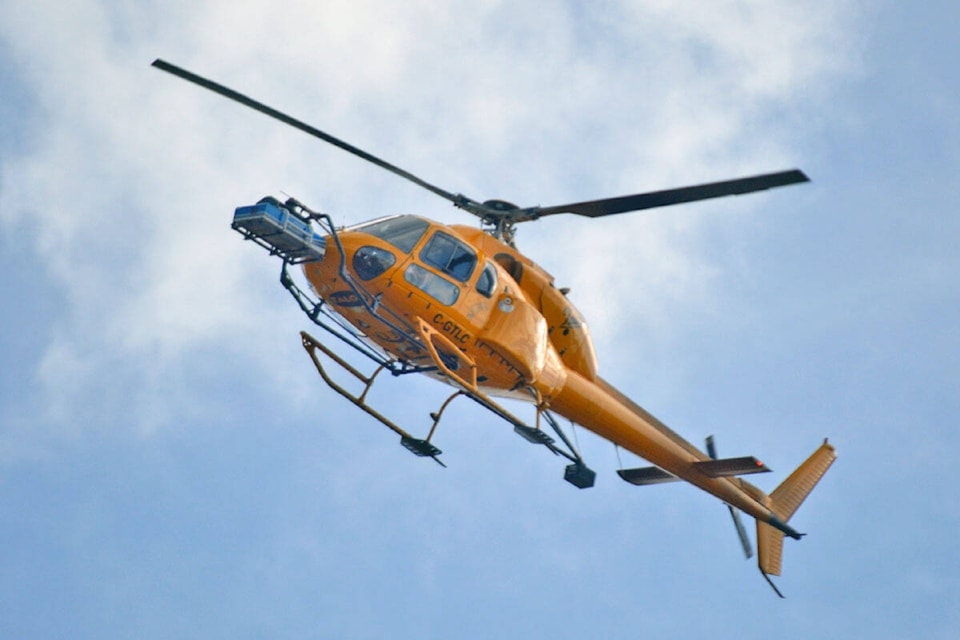BC Hydro is using high tech on a low-flying helicopter to help maintain its power lines in the area.
Starting in late May, a Talon Helicopters machine with an attached LiDAR system has been flying along transmission line routes.
LiDAR stands for light detection and ranging, a system using lasers to provide exact distances to the ground.
As such it can measure the height of vegetation which if allowed to grow, could prove troublesome, said David Mosure, a BC Hydro official.
"This technology captures [transmission] tower, conductor, and ground information that helps BC Hydro monitor our rights-of-way, including how vegetation is growing near our infrastructure," said Mosure.
"We also use the data to analyze clearances to determine how much electric current can be transmitted through the lines."
Having the latter data is crucial to BC Hydro engineers as the more current transmitted through a power line, the more it heats up and sags toward the ground.
Talon Helicopters received a special Transport Canada authorization for its low-flying task.
The Bulkley-Nechako regional district is one of 14 regional districts over which Talon will fly.
It says the flight time over any one area will be minimal and that there is no ground activity planned.
Population centres that can expect to see a helicopter are the Village of �������� Lake, the Village of Granisle, the District of Houston, the Town of Smithers and the Village of Telkwa.
Although BC Hydro uses LiDAR for transmission route planning, these flights have nothing to with plans to build a second major power line from the Prince George area west to Terrace, said Mosure.
"We are focusing on transmission and vegetation maintenance for this work," he said.



